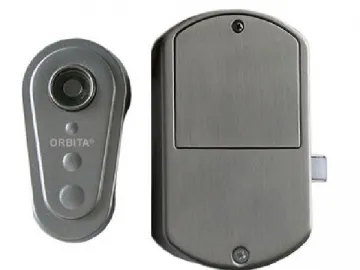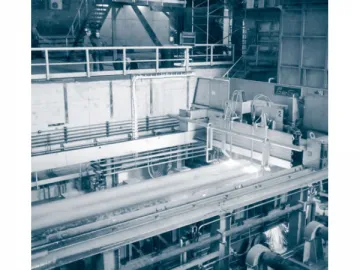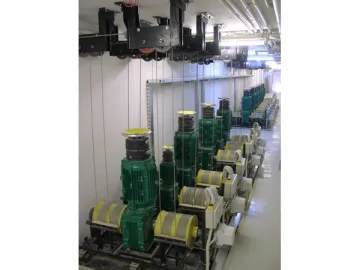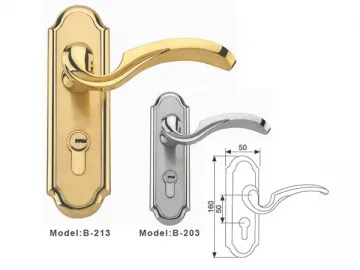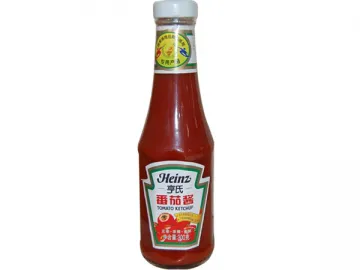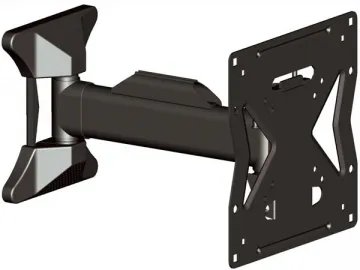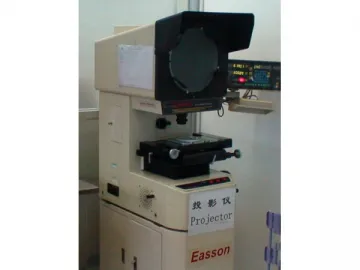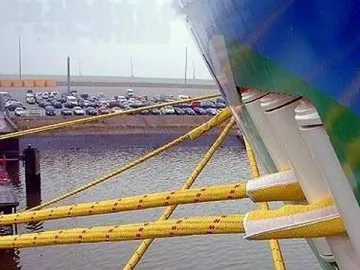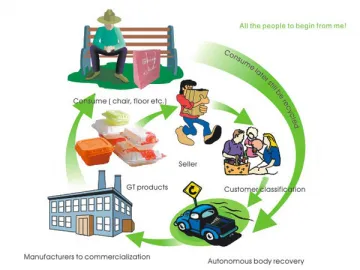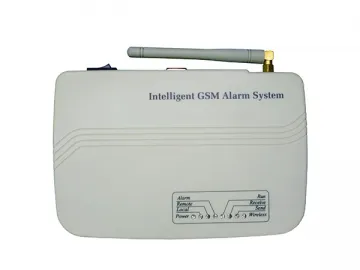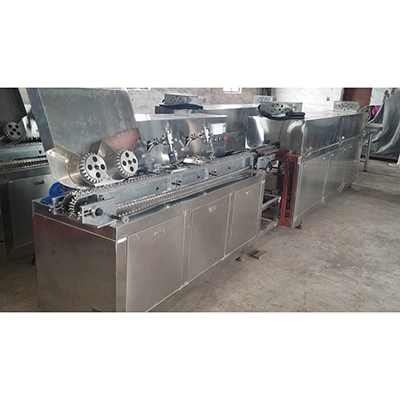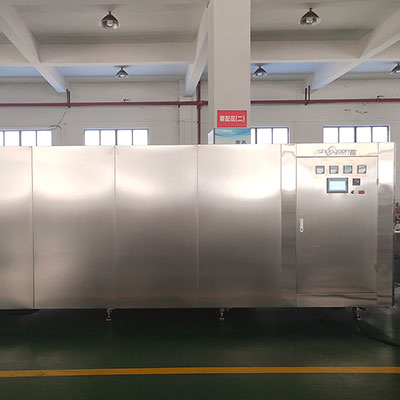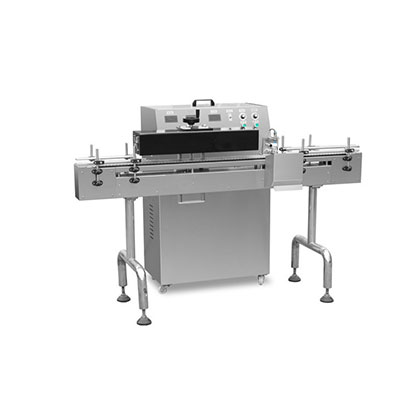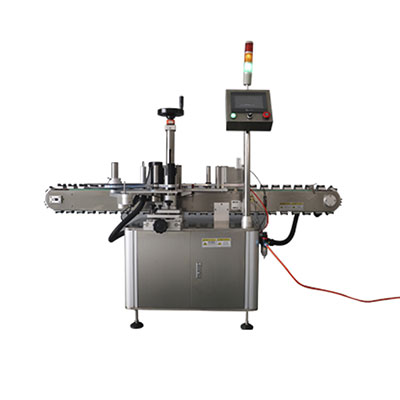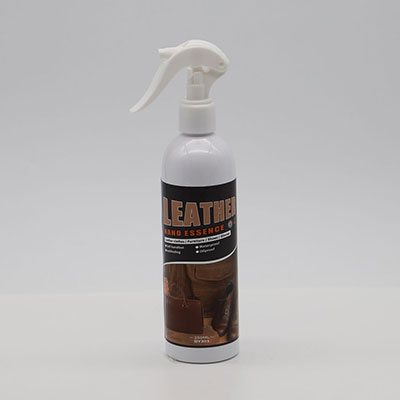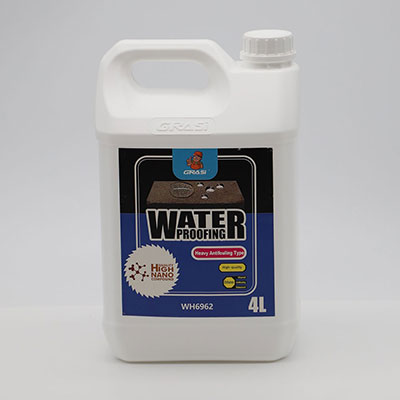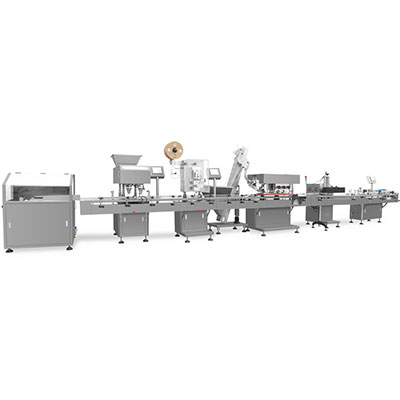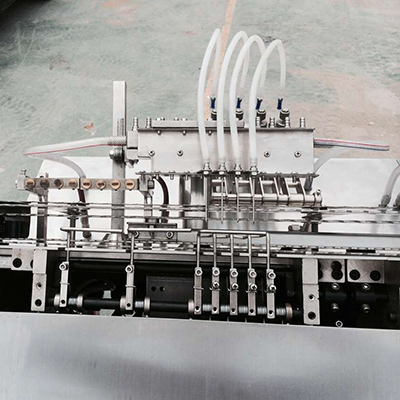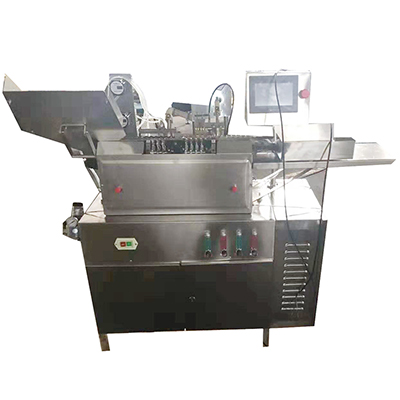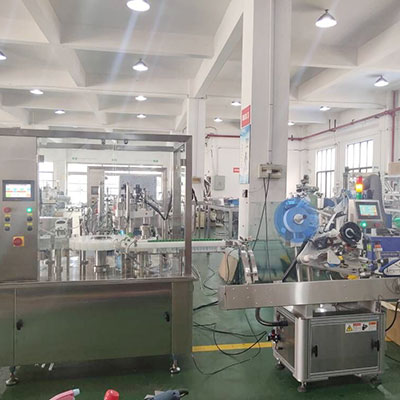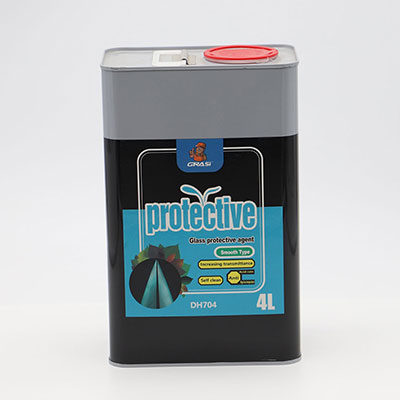Test Data
Listed below is a friction contrast test of our oilless self-lubricating bearing in reciprocating motion.
| Product | Oilless Self-Lubricating Bearing and Similar Products |
| Size | Φ50*Φ40*30 |
| Opposing Material | #45 HRC 43-47 |
| Test Condition | Constant speed and constant load |
| Ambient Temperature | 17-23℃ |
| Surface Pressure | 1.2MPa |
| Sliding Speed | 0.53m/s |
| Grease Coating | Initial stage of grease coating |
| Testing Time | 50 hours |
Dispersed lubricant inside our DNB-#200 material can be clearly seen if magnified 50 times under the microscope.
Company A's steel backing
sintering (magnified 50 times)
Company B's steel backing
sintering (50 times)
DNB-200 steel backing
sintering (50 times)
Test Result
| Final Abrasion Loss (mm) | Moving Distance (km) | Final Temperature (℃) | Average Coefficient of Friction | Testing Time (H) | |
| DNB-200 | 0.005 | 9.54 | 44 | 0.046 | 50 |
| Equivalent Product from Company B | 0.007 | 9.54 | 47 | 0.055 | 50 |
Result of the Contrast Experiment between our DNB-#200 and the Equivalent Product from Other Company
1. DNB-200 Experimental Data
2. Similar Self-Lubricating Bearing from Company B
Final Wear Contrast
Badly Worn Product
from Company A
Severely Worn Product
from Company B
Slightly Worn DNB-200
A dispersed solid lubricant inside the DNB-200 lubricating layer can be clearly observed if magnified 50 times under the microscope. This experiment is completed at constant speed and constant load. The surface pressure is 1.2MPa, and the opposing material is #45 HRC 43-47. The sliding speed preset reaches 0.53m/s, and the test unceasingly lasts for 50 hours. The result indicates that our DNB-200 is the most wear-resistant when compared to self-lubricating bearings from other companies. Both its temperature and the coefficient of friction are the lowest during movement.
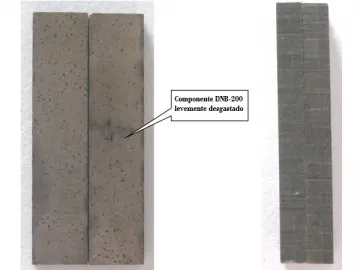
Wear Plate Performance Test
Purpose
A test is carried out to confirm the difference of performance of three different wear plates when their sliding surfaces are mixed with other substances in practical use.
Test Conditions
| Test Pieces | 1. Cast-iron embedded type solid-lubricating wear plate2. Copper-based, graphite-embedded and self-lubricating wear plate(#50SP)3. Dispersing type self-lubricating wear plate with steel backing and porous solid lubricant (#200) |
| Opposing Material | FC250 (Sliding-surface grinding) |
| Load (Surface Pressure) | 5.88 N/mm2 (60 kgf/cm2) |
| Velocity | 166.7 mm/sec (7 m/min) |
| Stroke | 80mm |
| Movement Mode | Serial movement |
| Cycle | 100,000 times |
| Test Stop Condition (Coefficient of Friction) | μ>0.3 |
| Lubricant | Lithium-based lubricating grease coating at initial stage |
| Mixed Substance | FC250 ground iron powder 0.2g |
Plane-Surface Reciprocating Motion Tester
A test is conducted, when all sliding surfaces of the test pieces are dispersed and the opposing material is clamped.
Conclusion
1. A scratch appears when the cast-iron embedded type solid-lubricating wear plate is used for the eleventh time.
2. When the copper-based, graphite-embedded and self-lubricating wear plate (#50SP) is used for the 36,566th time, a test ceases resulting from the increased coefficient of friction (μ>0.3). Owing to the addition of mixed substance, many linear friction marks appear on the sliding surfaces. Part of solid lubricants fall off.
3. The dispersing type self-lubricating wear plate with steel backing and porous solid lubricant (#200) has a relatively high coefficient of friction at the initial stage of a test. Then, it maintains a stable indicator after 100,000 cycles, and the accumulated sliding distance reaches 16km. As a result, the abrasion loss of the test piece is only 0.004mm, while simultaneously the abrasion loss of the opposing material is 0.002mm.
4. The phenomenon of scratches and abnormal abrasion may easily occur when the cast-iron embedded type or copper-based type self-lubricating wear plates are mixed with impurities. The dispersing type self-lubricating wear plate allows impurity to be buried into a sintered layer, so the phenomenon of scratches or abnormal abrasion does not occur. At the same time, it has almost no negative impact on the opposing material.
5. Thus it can be seen that the dispersing type self-lubricating wear plate is superior to the other two types.
Test Results
1. Change in the Coefficient of Friction
(1) Cast-Iron Embedded Type Solid-Lubricating Wear Plate ;(2) Copper-Based, Graphite-Embedded and Self-Lubricating Wear Plate ;(3) Steel Backing and Porous Solid Lubricant Dispersion
2. Abrasion Loss
| Sliding Material | Lifespan | Test PieceAbrasion Loss, mm | Abrasion Loss of the Opposing Material, mm | Total Abrasion Loss Ratiomm/(N/mm2 ・ mm/sec ・hr) |
| Cast-iron embedded type solid-lubricating wear plate | A scratch occurs when the plate is used for the 11th time. | - - | ||
| Copper-based, graphite-embedded and self-lubricating wear plate (#50SP) | 36,566 | 0.041 | 0.036 | 5.64 × 10-6 |
| Dispersing type self-lubricating wear plate with steel backing and porous solid lubricant(#200) | 100,000 | 0.004 | 0.002 | 1.43 × 10-7 |
| Dispersing type self-lubricating wear plate with steel backing and porous solid lubricant(#200) for reference | 100,000 | 0.003 | 0.002 | 1.34 × 10-7 |
The reference item is listed to provide test results when no impurity is mixed.
3. Sliding-Surface Observation Image
Occurrence of Scratches
Occurrence of Scratches
Cast-Iron Embedded Type Solid-Lubricating Wear Plate Test Piece / Opposing Material (A test ceases due to the occurrence of scratches after 11 cycles.)
Part of solid lubricants fall off resulting from the
scratching of impurity.
Occurrence of Some Scratch Marks
Copper-Based, Graphite-Embedded and Self-Lubricating Wear Plate (#50SP) Test Piece / Opposing Material(A test ceases resulting from the μ increase after 36,566 cycles.)
Occurrence of Some Linear Scratch Marks
Occurrence of Some Linear Scratch Marks
Dispersing Type Self-Lubricating Wear Plate with Steel Backing and Porous Solid Lubricant (#200) Test Piece / Opposing Material (It passes a test after 100,000 cycles.)
window.onload =function() {setItemByDivId('container','one|two','etw_link','color:fff; background:#cf271c;','color:#fff;background:#0f98dc','setclass')}
Links:https://globefindpro.com/products/60418.html
